Why the watch world is dialling it back

Roula Khalaf, Editor of the FT, selects her favourite stories in this weekly newsletter.
Benefiting research into Duchenne muscular dystrophy, the biennial Only Watch auction in Geneva on 5 November is the highest-profile charity auction in the watch industry. As well as being the place where headlines are made, such as the highest price for a watch at auction, it is a forum for novelty and ideas where brands often present one-off watches that hint at things to come.
In this context, one of the most anticipated timepieces will be the Gérald Genta Mickey Mouse, the first watch to be made since the brand was relaunched this year.It will announce Genta as a home of playful high watchmaking – Disney characters were a Genta favourite, as were chiming watches. Further, the watch mixes a jumping hour with another firm Genta favourite: the retrograde minute indicator.
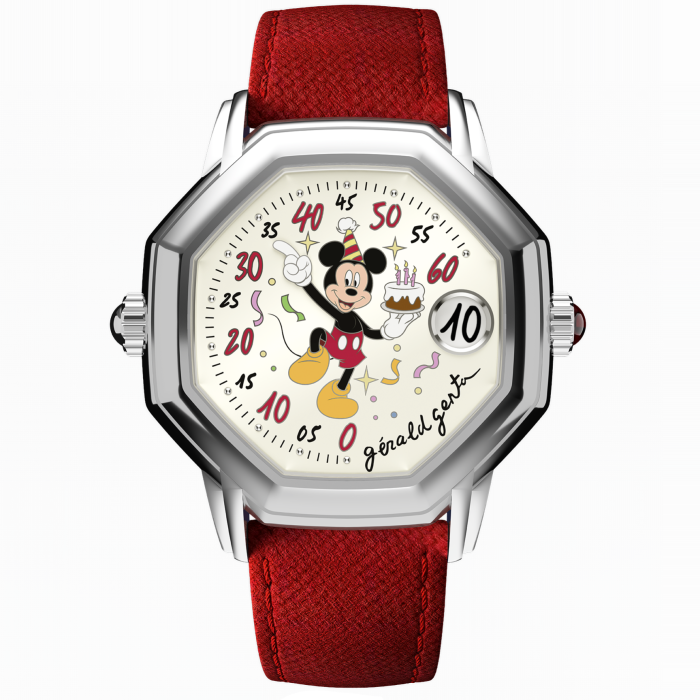
Gérald Genta white-gold one-off Mickey Mouse minute repeater, to be auctioned at Only Watch on 5 November
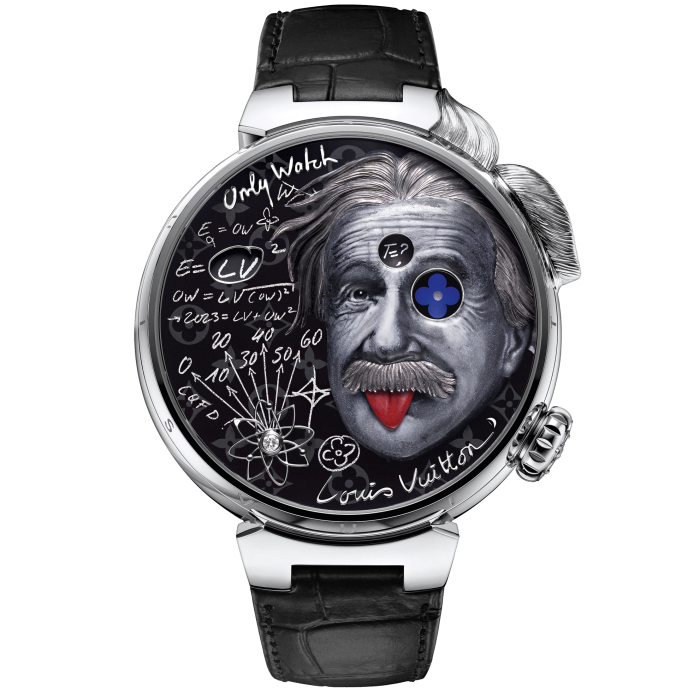
Louis Vuitton steel one-off Tambour Einstein Automata, to be auctioned at Only Watch
The new Genta Mickey comes towards the end of a pretty busy year for the retrograde indicator. In fact, if you look closely at another Only Watch entrant, from Louis Vuitton, you will see a retrograde minute indicator lurking in amongst the scribbling that decorates the dial.
But what is a retrograde minute indicator, you might well ask? As the name suggests, at the end of an hour the retrograde hand returns to a starting point to begin its journey again, rather than making a continuous circuit of the dial. The effect is similar to the semi-circular arrow indicator on old-fashioned elevators or an analogue petrol gauge on a car although, given that some of the most famous retrograde watches were made in the 18th century by Breguet, it is more correct to say that elevators and petrol gauges imitate the function of the retrograde pocket watch. Breguet’s historical mastery of the retrograde indicator is reflected today in such watches as its Classique Reference 7327 and the 18th-century-inspired Tradition Ref 7597.
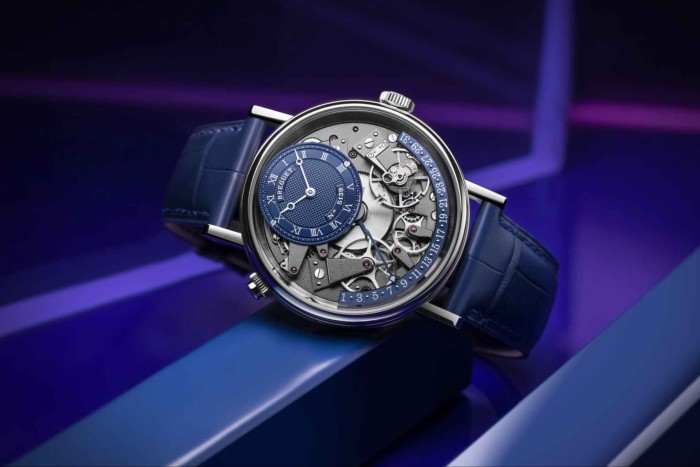
Vacheron Constantin was among the first to put the retrograde in a wristwatch in 1940 with the Don Pancho, which had, says the brand’s heritage and style director Christian Selmoni, “a minute-repeater combined with days of the week display in a sub-dial, and finally a 31-day retrograde indication at 12 o’clock”. More recently, during the 1990s, Vacheron’s Mercator watch, which paid tribute to the Flemish geographer and cartographer Gerardus Mercator, was a witty play on mapmaker’s compasses, using them to indicate retrograde hours and minutes. Now, says Selmoni, “We intend to establish this complex function as a technical signature of the maison.” Accordingly, 2023 has seen the launch of retrogrades across the Patrimony and Traditionnelle collections and, surprisingly, even the sporty Overseas line, which for the first time gets a retrograde moonphase indicator.
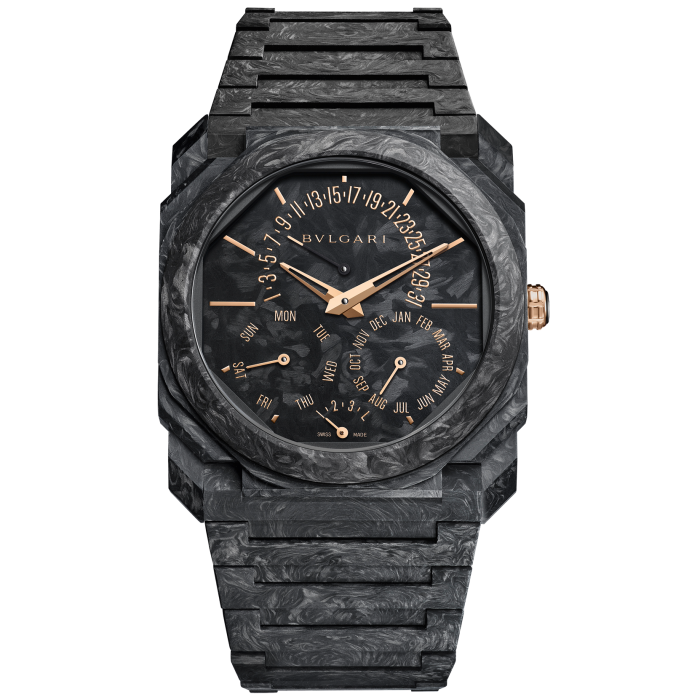
Bulgari carbon gold Octo Finissimo Perpetual Calendar, £85,000
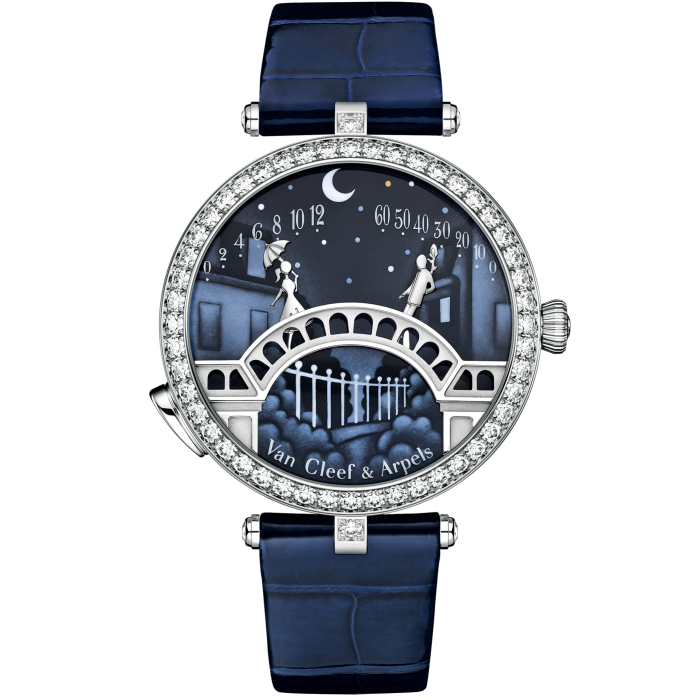
Van Cleef & Arpels white-gold and diamond Lady Arpels Pont des Amoureux, £132,000
Catherine Rénier, CEO of Jaeger-LeCoultre, says that her brand made its first retrograde in 1938 and, 85 years on, the retrograde is back in the Reverso Tribute Chronograph, which uses a large seconds display in the upper part of the dial above a retrograde 30-minute indicator. Rénier believes this demonstrates the twin expertise of the brand: the Reverso case, and the ability to manufacture movements especially for it. “At Jaeger-LeCoultre, the movement is shaped according to the case that houses it. This year we chose to reintroduce the chronograph complication into Reverso and the complication is constrained by the rectangular shape of the calibre, thus, the retrograde.”
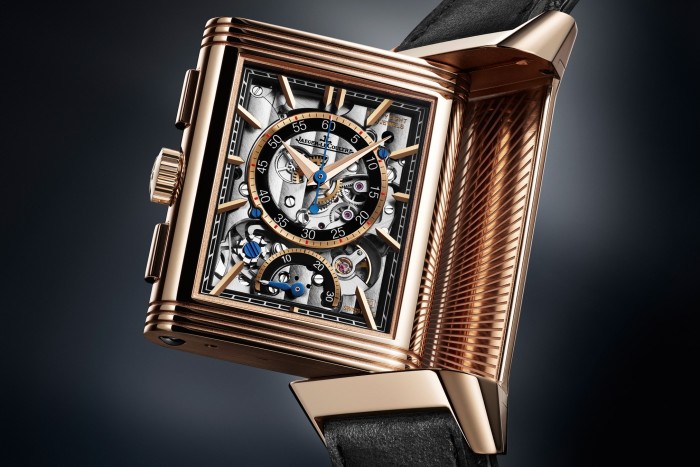
“Maximum information with minimum space” is the similar rationale cited by Bulgari’s head of watchmaking Antoine Pin for the use of a retrograde date indicator at the top of the dial of the Octo Finissimo Perpetual Calendar. Bulgari watch designer Fabrizio Buonamassa, it emerges, was not even considering horology when he came up with the idea to deploy a retrograde date. “He was really thinking of a motorbike instrument display,” says Pin – and when you look at it, it is exactly like a speedometer.
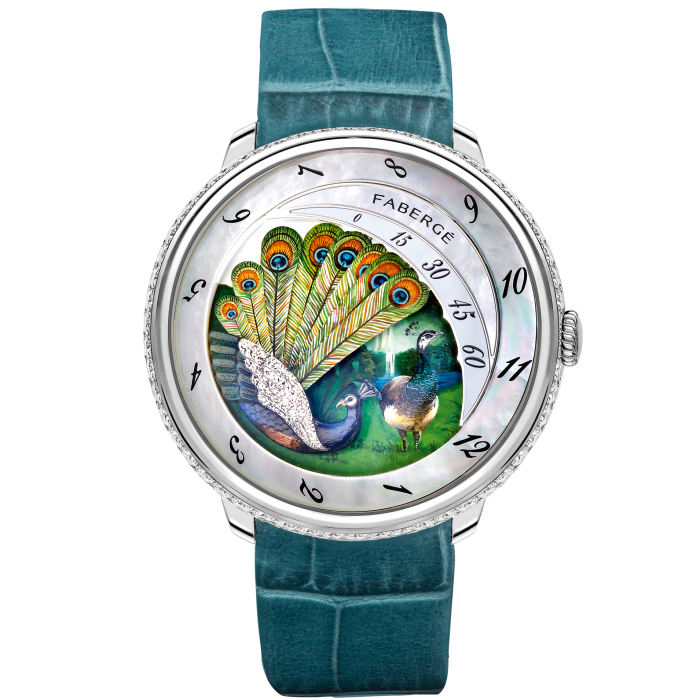
Fabergé platinum Compliquée Peacock Arte Handpainted, £52,700
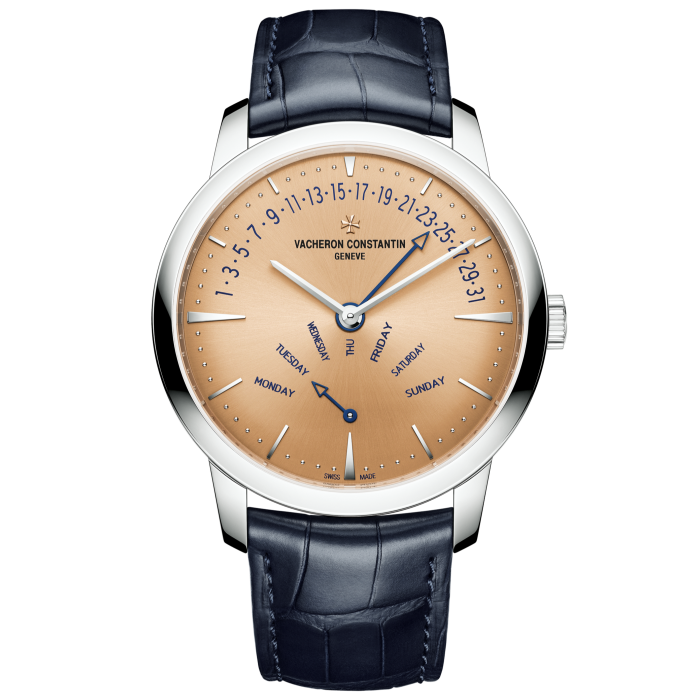
Vacheron Constantin platinum Patrimony Retrograde Day-Date, £59,500
If Bulgari sees motorcycle instruments when looking at a retrograde, then sports brand Reservoir, which has also entered a retrograde into Only Watch, uses a bi-retrograde to recall the instrumentation in the cockpit of the Mustang P-51 for its Airfight chronograph. And if motorbikes and warplanes are not your thing, then you are probably familiar with the work of Agenhor, a specialised Geneva workshop devoted to taking the retrograde indicator to new heights. Agenhor is behind the whimsical adaptation of the retrograde system in such watches as the Fabergé Peacock or the Hermès Temps Suspendu, and was originally the creator of the Van Cleef & Arpels Pont des Amoureux mechanism, in which the hours and minutes hands represent two lovers meeting for a kiss in the middle of a bridge (Van Cleef now makes the movements for these watches in-house).
Nicolas Wiederrecht, who now co-runs the workshop founded by his father, explains that these days he is working on even more elaborate interpretations of the retrograde, including using it to indicate a second time zone. He has noticed that there is increasing awareness of, and demand for, imaginative use of retrograde indicators that goes beyond traditional applications. As he puts it, “If it is just a simple retrograde seconds, nobody is very interested.”
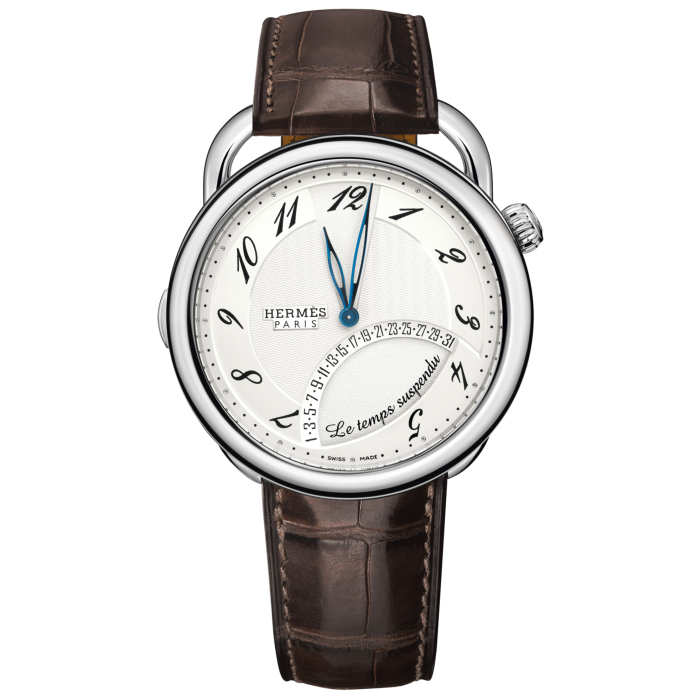
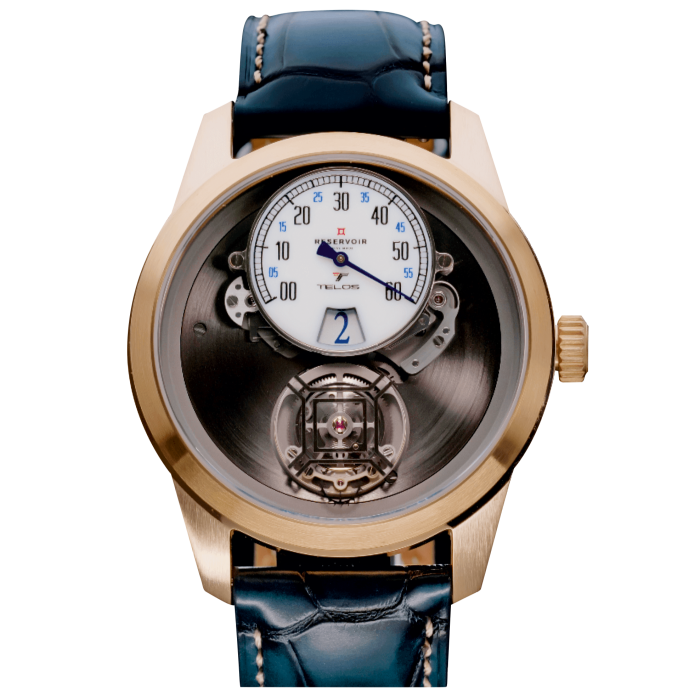
Comments